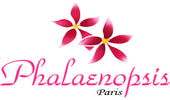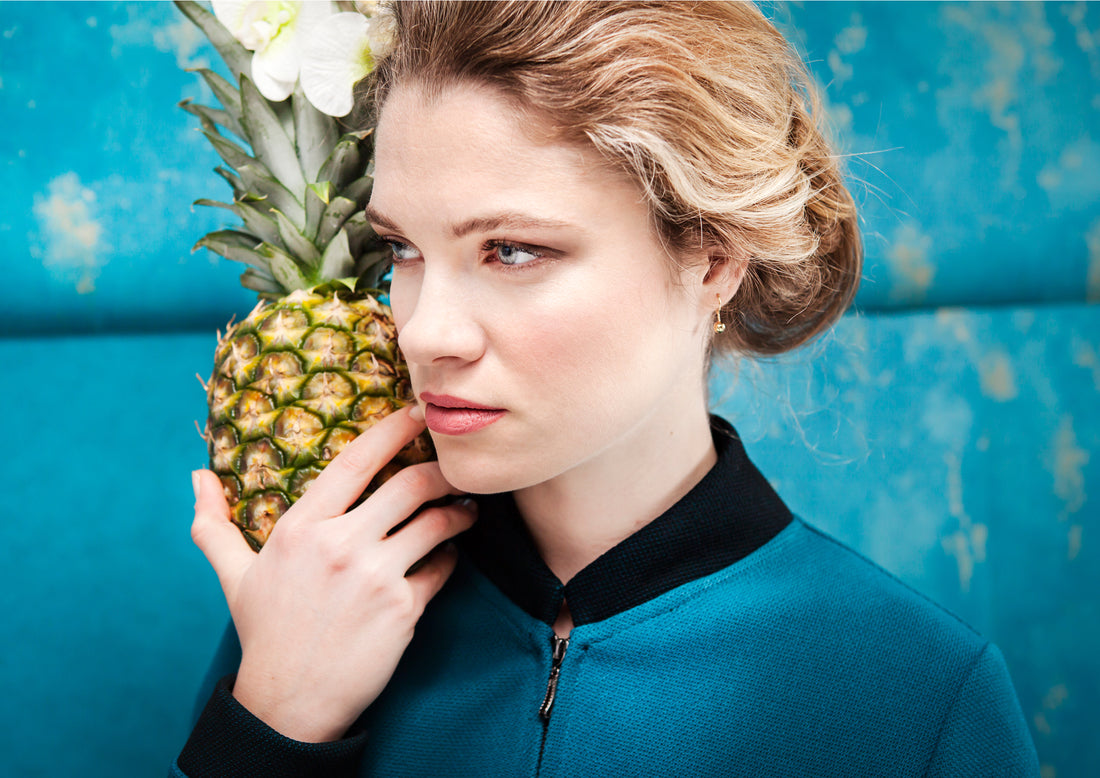Caring about the environment is not just about sorting your waste and turning off the light when you leave a room. We must also look at the labels of our clothes and pay particular attention to their compositions!
At a time when resources are dwindling, the whole world is exploring sustainable alternatives and conducting research in textile innovation. The textile and clothing industry is therefore increasingly interested in new raw materials, adopting a more sustainable and committed approach.

Lyocell or Tencel
Many people think that there are only two categories of fabrics: natural fibers (like wool, hemp, cotton, ramie and silk) and man-made fibers synthesized from petrochemicals (like polyester and nylon). But contrary to what many think, the lines between these two groups easily blur and Lyocell sits right in between.
Lyocell, by its generic name (Tencel being a registered trademark), is a fiber obtained by harvesting wood, which often comes from eucalyptus from PEFC-certified plantations (program for the recognition of forest certifications).
As the solvents used are 99.5% recycled, pollutants are not released into the environment or retained in the fiber, which means that very few chemicals are left behind. This is called a "closed loop" process. Its production process uses 20% less water than cotton production and less energy as well.
Lyocell being a smooth fiber, it allows the fabric to be more resistant. It is also 100% biodegradable And compostable.

Modal
Very similar to Tencel, modal is made from beech wood. The production of modal has a neutral carbon impact since the beech forests are replanted to provide wood again. This process contributes to the regeneration of forests.
The solvent used in the manufacturing process of modal is reused at more than 95% in other productions which makes it very advantageous compared to other synthetic fibers.
The modal has many qualities. It is very breathable, light, and silky to the touch.

Algae fiber or SeaCell
The manufacture of this fiber follows the same process as that of Lyocell, therefore also ecological! This magical and revolutionary textile is often mixed with cellulose, it makes it possible to obtain very soft, wrinkle-resistant fabrics and promote the evacuation of humidity.
There is a real active exchange between this fiber and the skin, under the effect of the body's natural humidity, the material releases nutrients (calcium, magnesium, proteins, vitamins and antioxidants), which stimulate the metabolism. It is also credited with healing, anti-inflammatory, antiperspirant, antiallergic and antibacterial properties. Result: an immediate sensation of softness, freshness, comfort and remarkable well-being.
This new generation fiber has an effect on the skin worthy of the best cosmetics. It is ideal for the design of sportswear, interior and underwear.

pineapple fiber
Used for several centuries for traditional clothing in the Philippines, pineapple leaves produce two distinct materials: pineapple silk called Piña and vegetable leather called Pinatex.
Fiber described as resistant, with the same intrinsic qualities as felt, which can be dyed, printed and treated, Pinatex adds to its list of environmental qualities, the remains of vegetable matter not used in textile production can be transformed into fertilizer and biogas.
The cost of producing pineapple fiber is 20% cheaper than producing animal leather. Pinatex alone fills half of the global leather market thanks to the exploitation of 13 million tons of pineapple leaf waste each year. Cultivating this fiber is a source of additional income, enhancing the most disadvantaged farming communities.
Pineapple leather is a very good alternative to animal leather. The fiber was awarded the 2016 Material Innovation Prize. At the same time, the innovation also obtained the Vegan Fashion Label certification.

milk fiber
It is obtained by processing expired or uneaten cow's milk. It is a natural fiber that requires very little water: about two liters for one kilo of material against 10,000 liters for one kilo of cotton.
The development of this fiber allows you to really enter into a zero waste approach . Biodegradable, clothing made with milk fiber is also compostable and recyclable .
This fiber gives a fabric high end, soft and silky similar to silk. Composed of innumerable advantages and benefits. Milk fiber is, in fact, endowed with a quality antibacterial and hypoallergenic. It is perfect for sensitive skin!

coconut fiber
This also biodegradable fiber is produced from the fibrous material that envelops the nut. Often mixed with cotton, it also has deodorant and antibacterial properties. It is therefore ideal for people with skin problems.

lotus fiber
The lotus fiber looks like silk and its color is naturally ecru. This fabric is obtained thanks to the fibers of the stem hidden in the water. Indeed, the upper contains microfibers that can be transformed into threads. Its weaving is very delicate.
the lotus fiber has incredible qualities . It is very soft and comfortable to wear, waterproof and antiperspirant . Its properties and its rarity make it an even more precious material than silk. However, the cost of the fabric is very expensive because the process takes a long time.

banana fiber
This innovative material comes from fibers from the Abaca banana tree . It takes about 37 kg of stems to produce 1 kg of banana fibre. Banana fiber helps reduce the environmental impact of the textile industry through its circular action. Indeed, more than one billion tons of banana stems are thrown away each year.
In addition, the fiber is biodegradable and therefore offers a real alternative to the fibers usually used. It is widely used in leather goods but also in clothing. It is very resistant and light.

nettle fiber
As with flax and hemp, nettle fibers are long, strong and extracted from the stems. Among the thirty species of nettles on earth, three can produce textile fibers: the Chinese nettle (ramie), the Himalayan nettles and the European nettles.
Although the stems and leaves of most nettles are bristling with stinging hairs, nettle fibers are soft and silky . Its properties are remarkable: resistant, flexible, breathable and naturally shiny.
Wearing a garment made of nettle fibers is therefore particularly pleasant!

The Ingeo fiber
Ingeo is an artificial fiber obtained from renewable materials. It comes from the sugar contained in corn. The creation of this fiber is revolutionary and fits perfectly into this growing dynamic of research into green solutions. Biodegradable and bio-compostable, it is a zero-waste fibre.
Hypoallergenic, absorbent and regulating body temperature, its touch is close to that of cotton.

The Cupro
Although it undergoes a chemical process, Cupro remains a material of plant origin composed solely of cellulose reworked to give a yarn made from tiny silky cotton fibers, called cotton linter. It is therefore necessary to pay attention to the nuances, it is not because we are talking about a chemical process that a material is not good to be considered.
Obtained from cotton waste, so it's recycling ! And when we know how water and energy-intensive cotton farming is, we are delighted to know that we can fully exploit the cotton ball. The chemical treatment of Cupro is done in a closed circuit, i.e. the water is reused until there is none left at all: nothing is thrown away and the fiber is completely biodegradable . .
Its appearance is silky and shiny, almost satiny, and it falls close to that of polyester. It looks a lot like silk, only slightly heavier. It is a material that dries very quickly and is also thermoregulating, which allows it to be very pleasant to wear whatever the season.

Recycled polyester or PET
Recycled PET, or rPET , is obtained by recycling plastic bottles being 100% recycled in a closed circuit. To give an example, five bottles produce enough fiber for one T-shirt.
Despite the polluting nature of polyester or PET, recycled PET is considered a material for responsible fashion, because it is part of a zero waste and circular economy approach . Recycled polyester provides huge energy savings (up to 45%) during the fiber production process compared to virgin polyester. Choosing recycled polyester rather than its virgin equivalent also results in a 20% reduction in water consumption and 30% in CO2 emissions.
It is durable, lightweight, wrinkle-resistant, environmentally friendly and economical. It offers good color fastness, quick drying and stain resistance.

Choosing Phalaenopsis means choosing a more thoughtful, ecological and local fashion and thus, giving meaning to fashion and its purchases. Let's consume better by acting every day for the planet!

